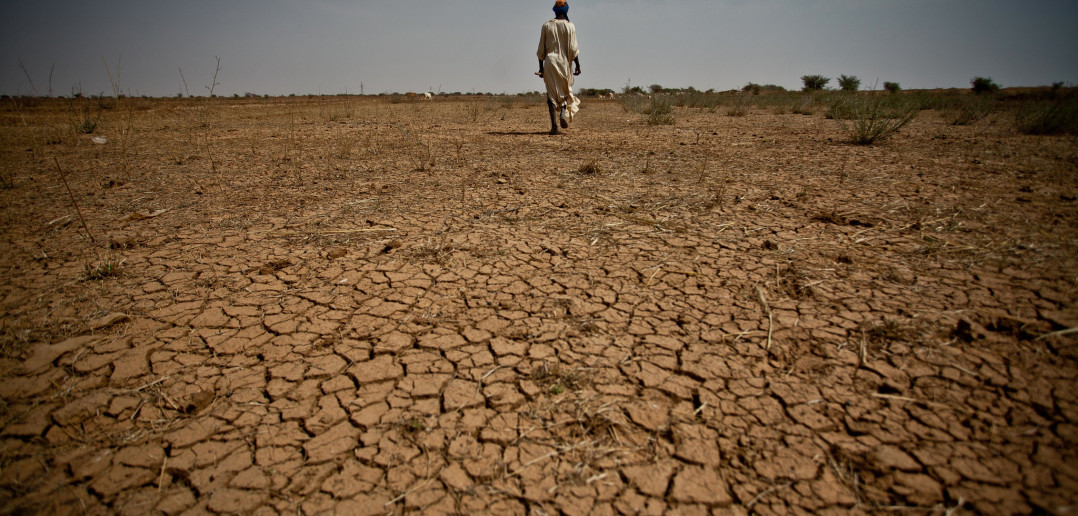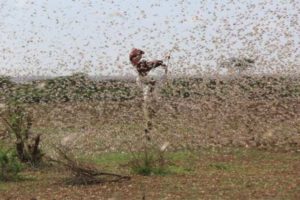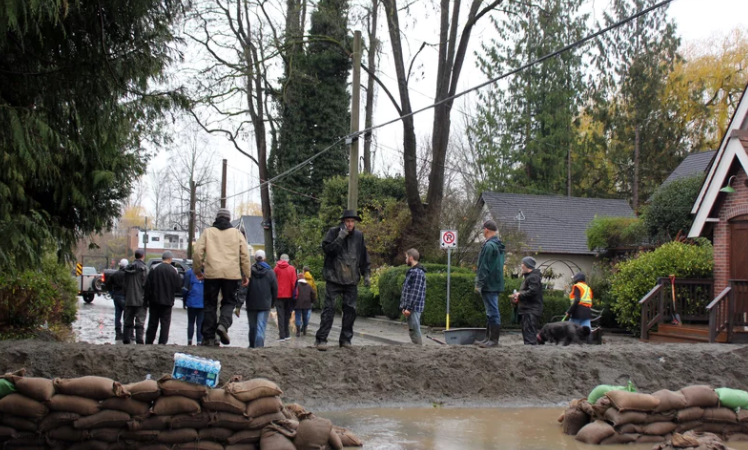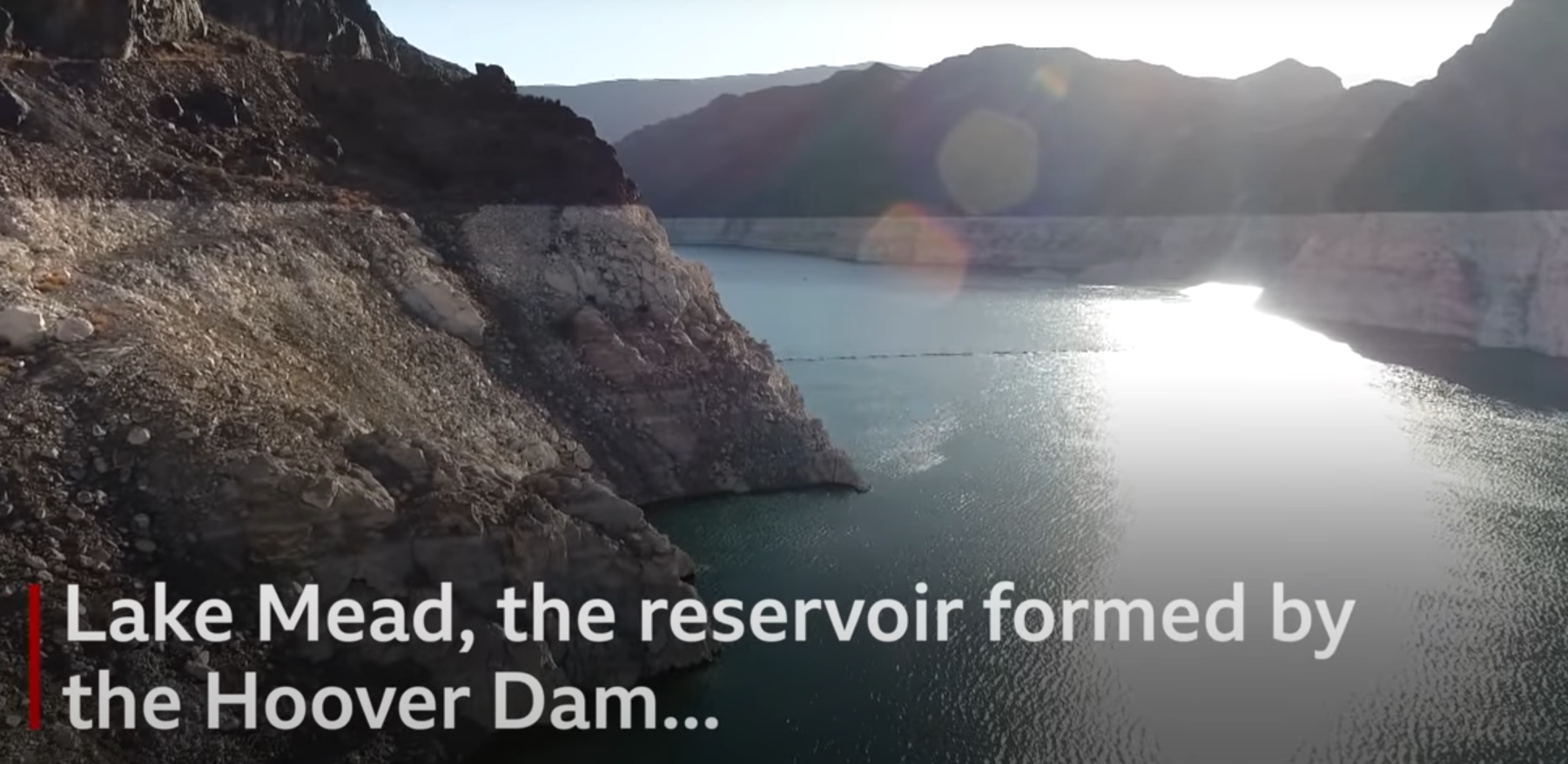
Dr. Tsegay Wolde-Georgis
CCB and CU-Denver
November 18, 2019
Introduction
The Sahelian part of Africa has been affected by climate variability and its extremes and varied socioeconomic effects. In addition to droughts and floods, climate sensitive hazards such as malaria, Rift Valley Fever, and meningitis have often led to animal and human health related disasters. Often, locust infestations in the Sahel have also led to famine and hunger. Response to such disasters varied from time to time. The most effective disaster responses in Ethiopia had been developing since 1991 when Ethiopia improved its disaster preparedness and response by establishing and strengthening the Disaster Preparedness and Prevention Commission (DPPC). The DPPC was later incorporated into the Ministry of Agriculture (MoA).
Locust infestation in Ethiopia
The summer monsoons in northern Ethiopia were reported to be excellent. Farmers were very optimistic that the good rains would lead to great harvest and excellent grazing for the animals. The nomadic people of Afar in the Danakil were particularly very happy. However, the above-normal rainfall and moisture reported have attracted the locust plagues. On July 19, 2019, the FAO had warned that Desert locust would be breeding due to unusually heavy rains. It specifically warned that countries on both sides of the Red Sea including Yemen, Ethiopia, Eritrea, and northern Somalia needed on the ground monitoring and warning to provide the necessary control measures.[1]
Relief web had (report from the FAO) reported the beginning of the breeding of the locust in Yemen as early as September 13, 2019.[2] The same report informed that hatching of locusts had started in Saudi Arabia, Eritrea and that both had treated 900 and 53 ha respectively. However, control operations could not be implemented in Yemen due to the insecurity. The locust were laying eggs in northeast Ethiopia’s Amhara and Afar regions and about 5,500 ha was treated by air in the area between eastern Ethiopia between Dire Dawa and Djibouti. The locust invasion has not reached a very large area. The FAO reports that the “Desert Locust hopper bands have covered 17,370 out of the 28 671 hectares surveyed between July and September 2019. The FAO report on October 10 the following:
“The swarms have produced hopper bands that have covered more than 174 square kilometers … and are consuming approximately 8700 metric tons of green vegetation every day. It is estimated that about 30 million hoppers can land on one-kilometer square area.”[3]
The country has not yet recovered from the 2015/16 El Niño impacts. It is estimated that “about 7.8 million people in the country require food assistance.”[4] ”
The recent response from the government and its partners is very limited. The International community must consider the situation as a potential cause of disaster in Ethiopia and the region.

Stephen Njoka, the head of the East African Desert locust control (DLCO-EA) that coordinate the regional effort including early warning and monitoring, is reported to have warned that the impact of the locust invasion of 2019 might make 2019 a disaster year unless coordinated action is taken to curb the situation.
Therefore, the information and the early warning are there but no action is being taken by the stakeholders. The actions taken on the ground are very desperate: young men with sticks are being mobilized to kill the locust. This shows either a lack of awareness on the extent of the number of pests in a swarm or the result of desperation.
Bring back the defunct Disaster Preparedness and Prevention Commission (DPPC)
One of the achievements of post Imperial Ethiopian leaders was the need of the nation to respond to a potential disaster in an organized and planned way. In 1976, the Military government established the Relief and Rehabilitation Commission (RRC) which was effective in the mobilization of resources for relief in order to avoid previous famines.
The RRC was later transformed to the Disaster Preparedness and Prevention Commission (DPPC) by the Ethiopian Revolutionary Democratic Front (EPRDF) that came to power in 1991. The DPPC had a strategy with a strong disaster early warning and preparedness component. Its new mandate gave to it the responsibility to observe and provide early warning and response to all potential disasters including non-food security. The DPPC had been known for its application of early warning and response in the face of disasters in Ethiopia. The DPPC disseminated early warning on seasonal weather and associated outcomes including droughts, floods, malaria outbreaks etc. The National Meteorology Agency (NMA) was effective in providing weather forecast and monitored information. It collaborated with relevant institutions that were members of the National Early Warning Committee (NEWC) under the Prime Minister’s office.
The DPPC became very effective. It had a website that provided profiles of potential disasters. It was also autonomous and very active in resource mobilization. Its success led to its demise. At the end of the first decade of this century most of its activities were slowly incorporated into the Ministry of Agriculture in the departments of food security early warning. Its work, therefore, was totally taken over by the Ministry of Agriculture. The reasons for such actions were probably due to the economic success of the country and need to focus less on food-related disasters.
The 2019 locust infestation and the response of institutions
Disaster is looming in Ethiopia and other parts of the Horn of Africa. The locusts have been initially breeding in Yemen and, later, in the desert parts of northeast Africa. The unseasonal heavy rains in the desert areas have made their breeding very fast. These started in June/July and the UNFAO was providing early warning, as early as the locusts were spotted in Yemen. The East African Desert Locust Control (DLCO) has also stated on the situation but without any effective actions. The FAO continued its warnings throughout the summer including September and October. On October 28, the Fana Broadcasting Corporation reported that the Ethiopian Ministry of Agriculture “has begun preventive measures to control desert locust infestation in various parts of the country.” It quoted Sani Redi of the ministry as saying that “two aerial spray planes were sent to the areas to battle the invasion.” However, the news that come from Ethiopia are more about other political issues than a foreseeable potential famine national disaster. On the other hand, we also saw various people using sticks and tree branches to kill the millions of locusts. It is difficult for human beings to kill the insects manually as it is happening in Ethiopia.
The locust have travelled to the highland areas that is ready to harvest. It is reported that locusts [travel]… up to 300 km in a day, consume most vegetation in their path.”[1] The response so far is very ineffective. in In early November, the FAO called for “immediate action to control the infestation.” It also stated the following.[2]
Hoppers have fledged, and an increasing number of small immature and mature swarms have continued to devour crop and pasture fields in Tigray, Amhara, Oromia, and Somali regional states. In Amhara, some farms have registered nearly 100 percent loss of teff, a staple crop in Ethiopia. Moreover, eggs are hatching profusely and forming hopper bands in the Somali region, due to the heavy rainfall. The hopper bands recorded to date have covered more than 351 km2 and are consuming at least 1 755 000 MT of green vegetation per day.[3]
According to the FAO “additional control measures fail then the locusts “could continue moving within Ethiopia and invade” north-eastern Kenya, parts of Eritrea, and Sudan’s southern coast.”[4] Therefore, urgent action is required to destroy the locusts before they spread to the whole region.
We would like to highlight the positive role that is being played by the FAO for increasing the awareness of the locust infestation. The government has not yet declared a state of emergency. The situation is made worst by the fact that these months are the harvest times in many parts of the Meher season. Any action after the destruction of the crops by the locust would be for humanitarian resource mobilization. This would be due the failure of early warning, monitoring and national response to the potential disaster hazard.
Conclusion: Do something about the locust now and bring back the DPPC
If the DPPC was still autonomous, it could have used its public relations office to provide effective early warning and mobilized its local and international stakeholders. Incorporating the DPPC into the Ministry of Agriculture as a unit that reports to the Ministry of Agriculture was premature and wrong. The autonomy of the DPPC gave it access to the Prime Minister’s office. The National Early Warning system was also chaired by the Prime Minister. I believe that there is an institutional failure in providing early warning and action. Even though a state minister chairs the early warning and food security sector (EWFSS) at the Ministry of Agriculture, its work seems to be very ineffective as we see it now. The recent FAO report also supports my following observation, referring to the gravity of the situation.
With the passing of the few remaining weeks, the locust would continue to destroy the vegetation and the crops in Ethiopia and move on to the other countries in the region. After that, the task would be to move to resource mobilization/humanitarian to provide relief to those who lost their crops. It is unfortunate that at this age and time a failure to provide a focused insecticide to spray and destroy the locust would lead to food insecurity and potential famine. These happened not suddenly but with all the information while the locust was in Yemen in early summer. We should take this as a lesson learned and restore the autonomy of the DPPC and bring it out of the Ministry of Agriculture. The Ministry of Agriculture should focus on its main role of improving food production in the country.
References
[1] Ethiopia Launches Aerial Spray To Battle Desert Locust Infestation https://fanabc.com/english/2019/10/ethiopia-launches-aerial-spray-to-battle-desert-locust-infestation/
[2] FAO, Nov 07, 2019. Ethiopia Desert Locust infestation worsens, http://www.fao.org/ethiopia/news/detail-events/en/c/1247014/
[3]FAO, Nov 07, 2019. Ethiopia Desert Locust infestation worsens, http://www.fao.org/ethiopia/news/detail-events/en/c/1247014/
[4] https://www.bbc.com/news/world-africa-50345204


